
How Is Consumer Behavior Influencing Cosmetic Packaging Choices
September 18, 2025 • Mike Lee
You've designed beautiful packaging that you love, but it's not connecting with customers. You're struggling to understand why modern shoppers are ignoring your product on the shelf.
Consumer behavior is forcing brands to choose packaging that reflects modern values. Today's consumers demand sustainability (like rPET), minimalist aesthetics, and an "Instagrammable" unboxing experience. The package must now represent the brand's entire ethos, not just the product inside.
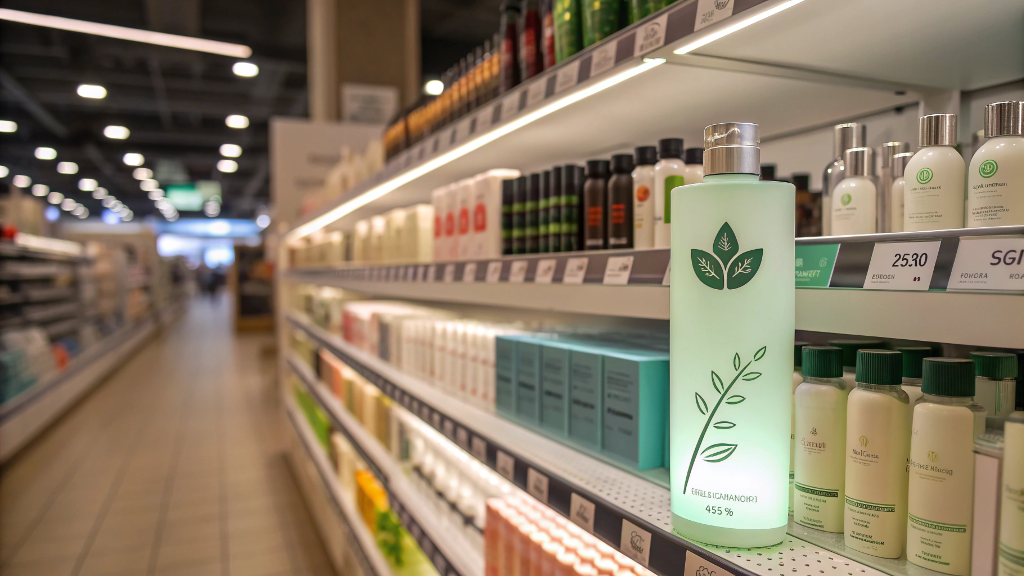
It's a huge shift from how things used to be. The primary job of packaging was simply to protect the formula. Now, it has to do so much more. I was in a store recently and watched a young woman choose one moisturizer over another. I asked her why, and she said, "This one has a refill pod system. It just feels smarter." She didn't even mention the ingredients. That moment proved to me that for many, the packaging experience is now as important as the product itself.
How Does Packaging Influence Consumer Behavior?
You believe your high-quality product is what matters most, and the packaging is just a container. You fail to see why customers would choose a competitor with a flashier box over your superior formula.
Packaging is the first handshake with your customer. It grabs attention on a crowded shelf, instantly communicates your brand's story and price point, and can trigger an emotional response that is crucial for the initial purchase decision.
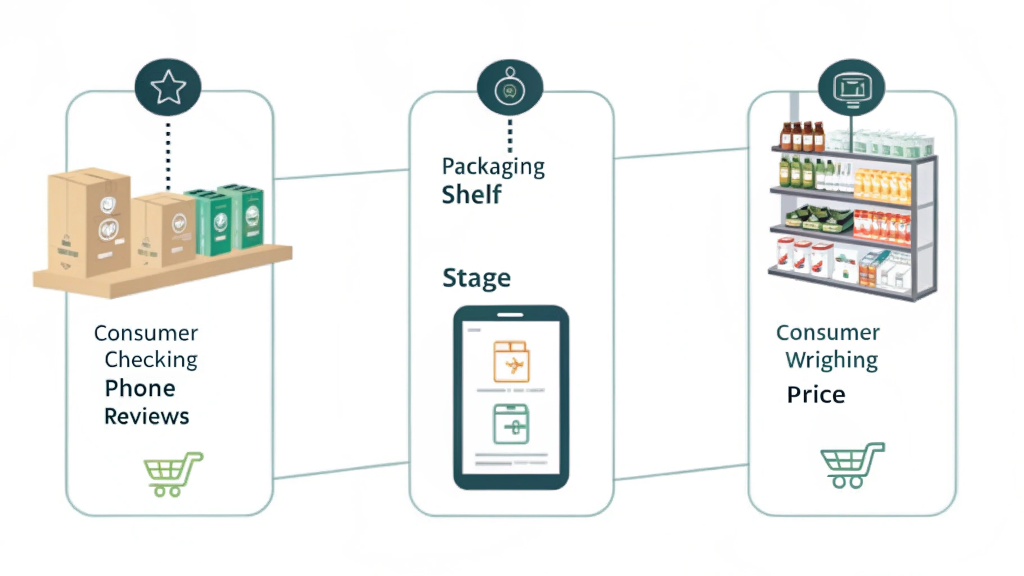
On a shelf with hundreds of options, your package has less than three seconds to make an impression. It’s your silent salesman, and it’s either working for you or against you. The influence is psychological and incredibly powerful.
The Visual Shortcut
Before reading a single word, a customer has already made assumptions based on your packaging. Color, material, and shape are visual cues that the brain decodes instantly.
- Materials Matter: Heavy glass feels luxurious and expensive. A lightweight rPET bottle with a simple label feels modern and sustainable. A colorful squeeze tube feels fun and affordable.
- Color Psychology: Soft pastels and whites suggest gentleness and are often used for sensitive skin products. Bold, bright colors communicate energy. Deep blacks and golds signal luxury and performance.
The Functional Experience
A purchase decision is one thing; a repeat purchase is another. If the packaging is frustrating to use, the customer won't come back. A pump that clogs, a cap that's hard to open, or a jar that you can't get the last bit of product out of creates a negative brand association. Good packaging feels good to use.
| Packaging Cue | Common Consumer Perception |
|---|---|
| Heavy Glass Jar | Premium Quality, Substantial, Luxury |
| Minimalist rPET Bottle | Sustainable, Honest, Modern |
| Brightly Colored Squeeze Tube | Fun, Easy-to-Use, Affordable |
| Airless Pump Bottle | Hygienic, High-Tech, Potent Formula |
How Do Beauty Trends Influence Consumer Behaviour and Purchasing Decisions?
You hear about trends like "clean beauty" and "skinimalism" all the time. You struggle to see how these online movements should affect your physical packaging choices, making you feel out of touch.
Beauty trends directly shape consumer expectations for packaging. "Clean beauty" drives demand for transparent materials and honest labeling. "Skinimalism" favors smaller, more efficient packaging. The "unboxing" trend rewards brands that create a beautiful, shareable experience.
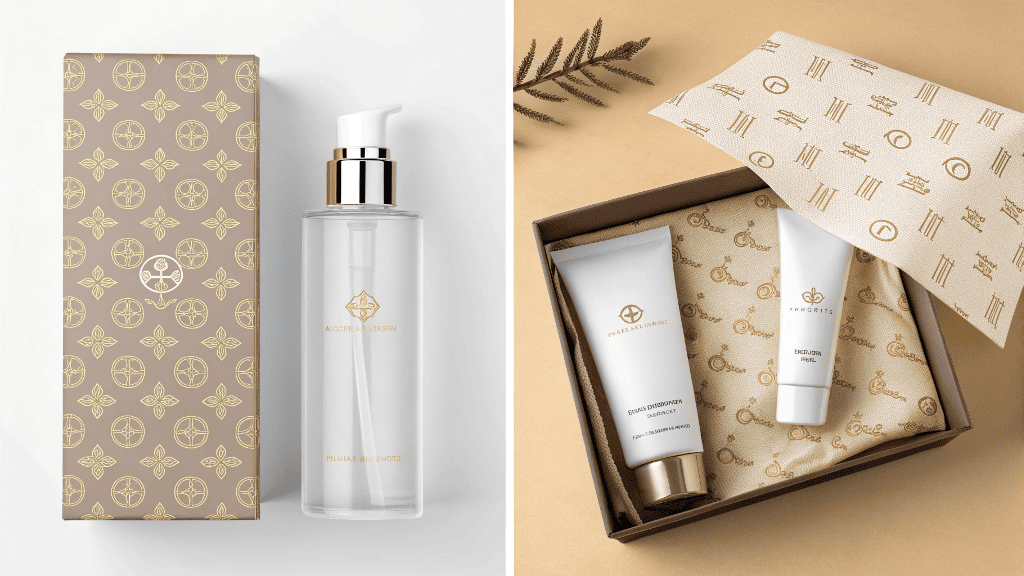
Trends are not just social media buzz; they are indicators of deep shifts in consumer values. Aligning your packaging with these trends shows that your brand is listening and is part of the current cultural conversation.
Translating Trends into Packaging
- Clean Beauty & Transparency: This trend is all about ingredient safety and honesty. It translates to packaging that is simple, clear, and often transparent. Brands are using clear PET or glass bottles so the customer can see the product. Minimalist labels with short, easy-to-read ingredient lists are key. The message is "we have nothing to hide."
- Skinimalism: This trend is about using fewer, more effective products. It leads to demand for multi-use products and, therefore, very efficient packaging. Think smaller, travel-friendly sizes or applicators that serve multiple purposes. It challenges brands to reduce packaging volume.
- The "Unboxing" Experience: Driven by TikTok and Instagram, the act of opening a product is now a form of entertainment. This has pushed brands at Rland to think about the entire package. It's not just the bottle; it's the texture of the box, the way it opens, and the branded tissue paper inside. The more "Instagrammable" the packaging, the more free marketing the brand receives from its customers.
What Factors Influence Your Decision to Purchase a Cosmetic Product?
You are trying to design the perfect product, but you're overwhelmed by all the factors. You need to know what a modern consumer truly prioritizes when they decide to buy.
The decision is a blend of factors, but brand values (communicated through packaging), product effectiveness (proven by reviews and ingredients), and overall price-to-value ratio are the top three. The packaging must first attract them, and then the product and price must convince them.
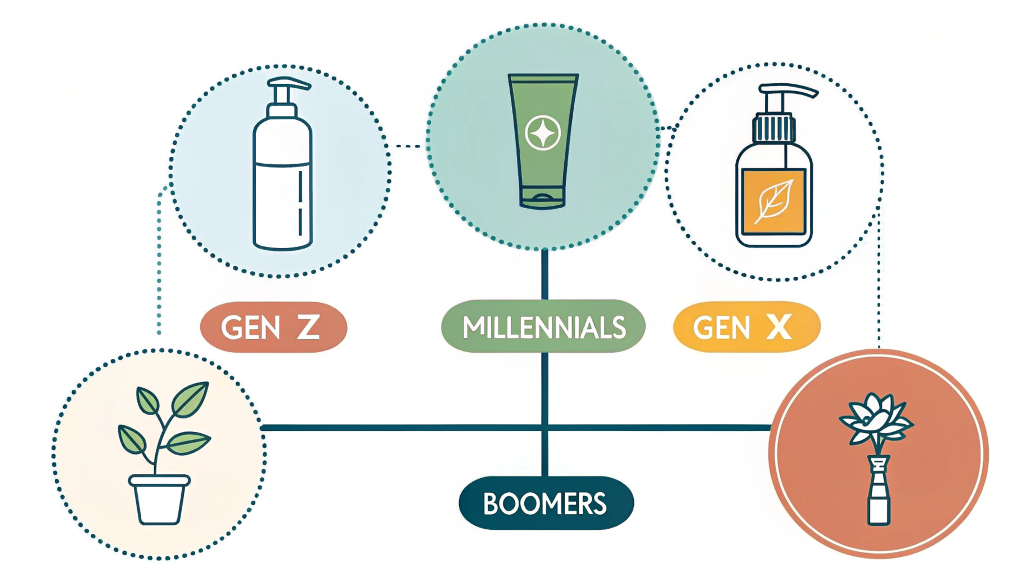
As someone who works with brands to get their products ready for the market, I've seen that the purchase decision is a funnel. Different factors matter more at different stages. It’s crucial to understand this journey.
The Hierarchy of Choice
- Visual Appeal & Brand Story (The Shelf): This is the first hurdle. Does the packaging catch the eye? Does it communicate a story that resonates with the consumer's identity (e.g., "I am a sustainable person," "I am a luxury consumer")? If the packaging fails here, nothing else matters. The customer will simply not pick it up. This is where material (like PET vs. glass), color, and design are critical.
- Product Efficacy & Social Proof (The Phone): Once the customer picks up the product, they often pull out their phone. They look up reviews, scan the ingredient list for key actives (like Hyaluronic Acid) or things they want to avoid (like sulfates), and check for endorsements from trusted influencers. The product must deliver on the promise the packaging made.
- Price and Value (The Brain): The final step is a mental calculation. "Is this product, with this beautiful packaging and these great reviews, worth the price?" The price needs to align with the perception created by the first two steps. A product in a cheap-looking package cannot command a premium price, no matter how good the formula is.
Conclusion
Consumer behavior has transformed packaging from a simple container into a brand's most vital storyteller. By understanding and responding to these behaviors, you can create packaging that not only sells but also builds lasting loyalty.
Written by
Mike Lee
You may also be interested in:

What Are the Top 5 Small Spray Bottle Trends for Skincare and Cosmetics in 2026?
Your new facial mist has a beautiful formula, but you're planning to use a standard

What Can We Learn from Market Leaders in Eco-Friendly Beauty Packaging?
You want your brand to be more sustainable, but the world of eco-friendly packaging is
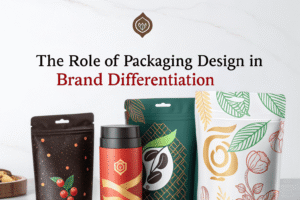
How Can Packaging Design Make or Break Your Brand?
Your product formula is a masterpiece, but on the shelf, it's invisible. You're watching less
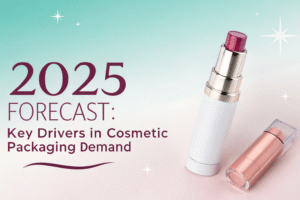
2025 Forecast: Key Drivers in Cosmetic Packaging Demand
You're trying to plan your brand's future, but the market is unpredictable. You're uncertain where